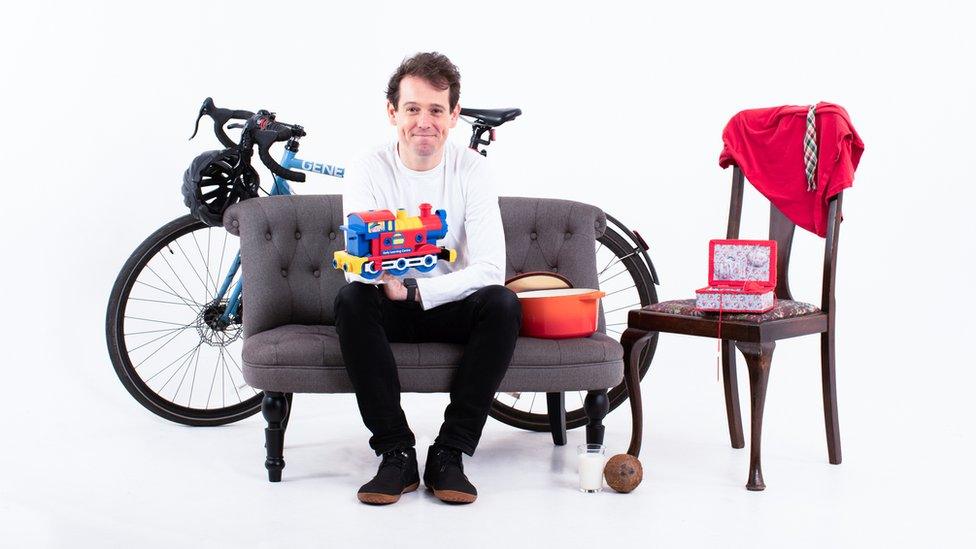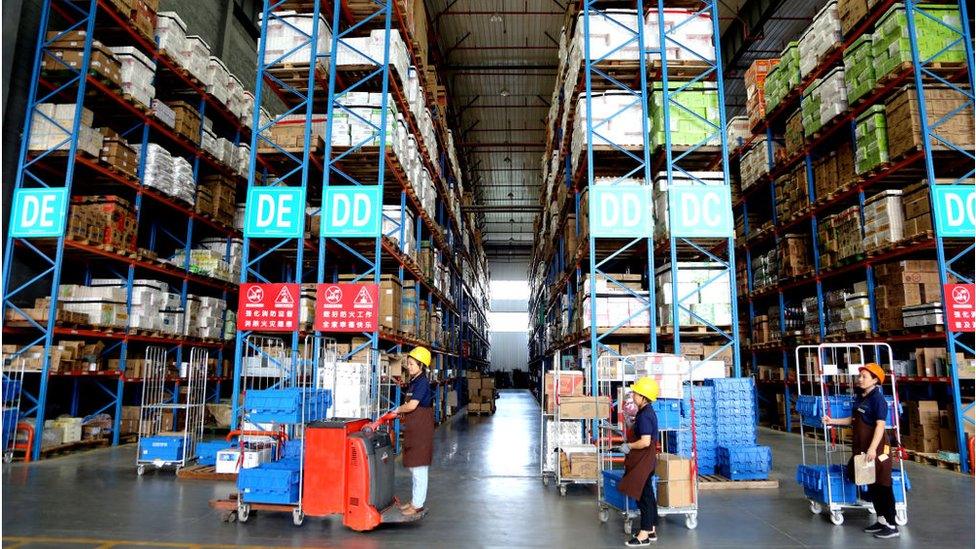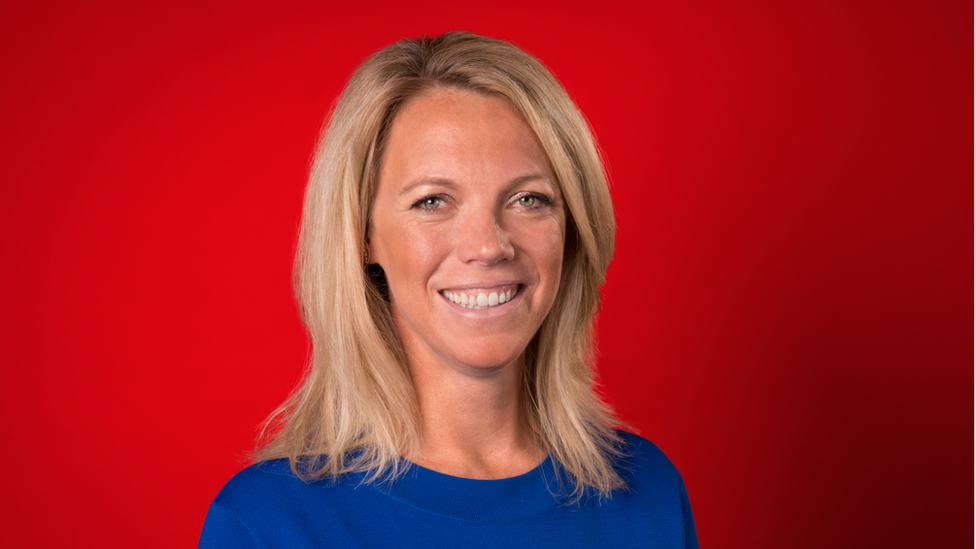Is it worth tracking your carbon footprint?
- Published

Alya Annabi became vegetarian after tracking her carbon footprint
Increasingly concerned about the environment, for the past few years Alya Annabi, 26, has taken steps to live a more sustainable lifestyle, with the digital learning manager refilling goods at plastic-free stores, making her own skincare from scratch and composting her kitchen waste.
But in the past year Ms Annabi has decided to take her environmental mission to the next level by tracking her carbon emissions.
Using an app called Capture, which calculates users' monthly CO2 targets by asking a series of questions such as how many flights per year you take and what kind of diet you adhere to, and using GPS tracking to predict emissions from transportation, Ms Annabi is able to view an estimate of her carbon environmental impact.
"I've been on a more conscious journey for the past couple of years," says Ms Annabi, who lives in Singapore. "I like to measure things so it's a nice way to have real numbers."
Seeing the higher carbon emissions from meat in her diet was one of the reasons behind her decision to go vegetarian. The app has also made her more aware of the type of transport she takes. "I definitely now try and walk more and take the bus or train rather than a car or taxi. I'm more mindful because I can see the numbers."
With climate change affecting regions around the world and exacerbating extreme weather events, more people are looking at ways to lead a more planet-friendly lifestyle. Almost two thirds of people around the world now view climate change as a global emergency, according to the largest opinion poll on tackling global warming.
While the big impact on CO2 emissions will have to be made by governments and business, apps such as Capture and Almond are helping individuals measure their own carbon footprint, as well offering ways to offset emissions and providing tips on leading a lower carbon lifestyle.

"Measuring your carbon footprint can be quite motivating," says Christian Arno founder of Pawprint
Billing itself as a "Strava for lower carbon living", Edinburgh-based website Pawprint, which launched in September 2019 and is set to launch on the App store this month, works in a similar way to Capture, with users encouraged to answer questions about their lifestyle across areas such as home, diet, travel and consumer goods.
Questions range from how much you spend on electronics and gadgets every month to how much is spent on paper products like magazines and newspapers.
Based on such data, Pawprint then calculates your CO2 emissions and to help simplify it, equates it to how many miles driven. Using data provided and verified by carbon footprint expert Prof Mike Berners-Lee, it also encourages users to set their own carbon reduction goals.


Founder Christian Arno says he was inspired to start the company a few years ago after realising the danger posed by climate change: "I'd always been vaguely eco and would travel by train and so on but I wanted to see what changes I could make as an individual that would make a difference.
"There are apps for mental health, managing fitness... people are using apps for key numbers in their lives. Measuring your carbon footprint can be quite motivating. People are understanding even the difference the impact of different meats has on their carbon emissions."

Can apps capture the carbon used in a complicated supply chain?
But how accurate are such apps?
Prof Tahseen Jafry, director of Centre for Climate Justice at Glasgow Caledonian University, questions how they can capture the carbon footprint of everything we do.
"All of the products we consume come from various parts of the world," she says. "How do we begin to look at the footprint of all of those materials that have gone into producing the range of products consumed? There's huge complications to get any proper meaningful and useful data, so how accurate can these apps be?"
Nevertheless, carbon tracking features are being integrated into other services, including banking.
Based on individual transaction data, some customers are able to view their carbon footprints alongside their statements.
Using open banking technology provided by companies such as Icelandic tech company Meniga, and CoGo, spending - from a cup of copy to an energy bill - can be translated into a carbon equivalent.

Emma Kisby from CoGo wants more detail in her firm's carbon tracking tech
Some 35 UK banks have so far joined CoGo, which has been downloaded 50,000 times since it launched in 2019. Customers can see a real-time personalised breakdown of their footprint, compare their results to the country average, and view information on ways they can reduce their score and offset emissions.
"People love seeing and tracking their carbon footprint," says Emma Kisby, managing director UK of CoGo, which has headquarters in New Zealand.
"It's educating [people] about carbon emissions, and then the next question [for users] is, 'what do we do now?' For example, people might look at carbon emissions associated with their clothing spend and think can I buy secondhand? Collectively, small actions can have an enormous impact."
However, with the apps unable to distinguish what products users have bought - for example, if they bought new or second-hand goods on Ebay, how accurate is the data?
"It gets more complex when it gets to product level," admits Ms Kisby. "That's where we want to go into 2022... we are looking to do more work with businesses to open up to show product-level data."
While those already awakened by the climate crisis and engaged in being more environmentally-friendly might be interested in tracking their carbon emissions, Prof Jafry questions the broader interest.
"How do we get the people not really interested in any of that to use them?" she asks.